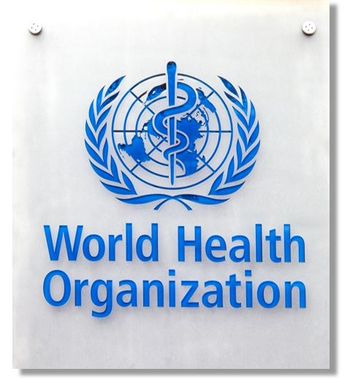
Furunculosis
Furunculosis is a deeper infection of the hair follicle generally attributable to S aureus.
Furunculosis is a deeper infection of the hair follicle generally attributable to S aureus. It presents as an erythematous, hot, tender inflammatory nodule from which pus can be expressed. Carbuncles are multiloculated or multiple furuncles. Inflamed epidermal or pilar cysts are sometimes confused with furuncles (although a ruptured infected cyst may be hard to differentiate from an abscess). However, an inflamed cyst involves a dermal structure with a lining, whereas a furuncle originates in an inflamed hair follicle. All these conditions require oral antibiotic therapy plus incision and drainage.
Risk factors include bacterial carriage in the nares, scabies, vigorous scratching, diabetes mellitus, obesity, lymphoproliferative neoplasms, malnutrition, and a regimen of glucocorticosteroids or other immunosuppressive drugs.
Evaluation of a furuncle is best done by culturing material from the lesion; begin treatment with a semisynthetic penicillin or cephalosporin. If possible, the furuncle should be incised and drained, because a nidus of infection is difficult to clear if left intact. When the culprit organism is known to be resistant or atypical, treatment is directed at Gram-positive bacteria, with the expectation that some response will be seen in 2 to 3 days.
If systemic symptoms (fever, malaise, nausea, vomiting) are present or the infection affects a sensitive area (eg, genital or ocular sites), consider admitting the patient to the hospital for intravenous antibiotic therapy. If culture of fluid from a pustule reveals a drug-resistant organism, a different agent must be chosen. Alternative therapies for Gram-positive organisms resistant to penicillins include intravenous vancomycin and oral linezolid, typically administered for 7 to 10 days.
Newsletter
Enhance your clinical practice with the Patient Care newsletter, offering the latest evidence-based guidelines, diagnostic insights, and treatment strategies for primary care physicians.


















































































































































































































































































